Thanks
@balatonwine.
I had about decided on just going with the Presque Isle stuff and squashing the chemist and ChE in me, when I started pondering surface preparation of the cast iron to ready for whatever paint I ultimately went with (all this still pending the powder coating quote I've yet to receive). Joined a metalworking forum as metallurgy is not my strength. Described the current condition and age of the iron, and that it is completely rust free. One of the replies I got, that was borne out by some further research, is the tannic acid and iron react to form an insoluble, inert complex, iron tannate. Which is also the basis of several "rust killers" on the market. Which is also why iron nails stain oak lumber (which, drat, I knew in a previous life). Tannins react with a couple oxidative states of iron to product this compound, which create a blue/black coating on the metal, which stops any corrosion. And, from what I've been able to find, effectively passivates the iron. The comment I got on the metalworking forum also suggested that, to remove that layer would require substantial material removal from the press.
So, my plan now is to wash the iron thoroughly, maybe coat the head with Boeshield just to help lubricate and protect it, clean the threaded section of the screw and lubricate lightly with some kind of food safe lubricant (McMaster Carr is good for that), and rebuild the basket with quartered white oak. I may get fancy and fume the oak and finish with pure tung oil, which dries to a hard, food safe finish. But the plan now is to leave the iron in its current state, and I'm pretty confident that the tannate, and what I expect will be reasonable residence times through the press, will keep me on the good side of any iron leaching.
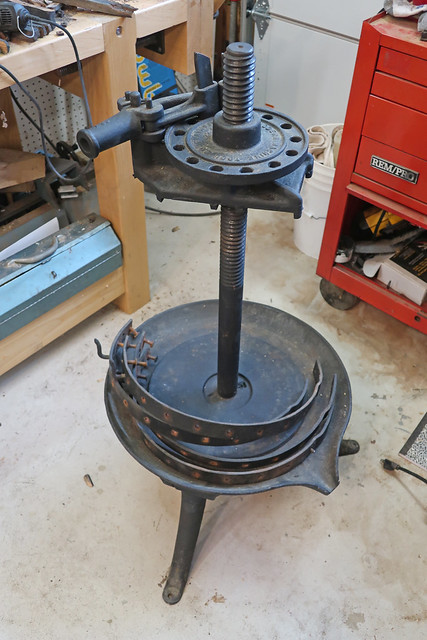 Basket disassembly by Scott, on Flickr
Basket disassembly by Scott, on Flickr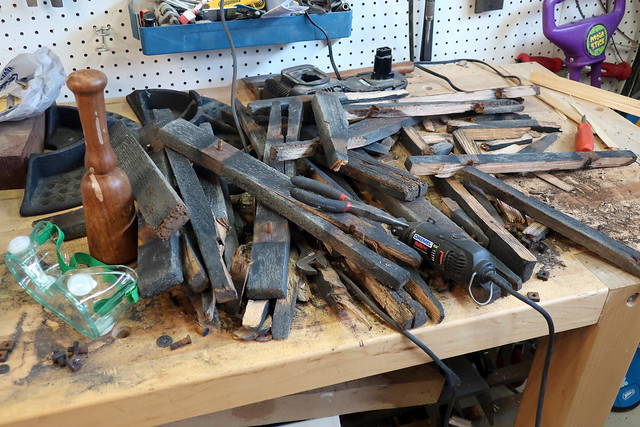 Basket disassembly by Scott, on Flickr
Basket disassembly by Scott, on Flickr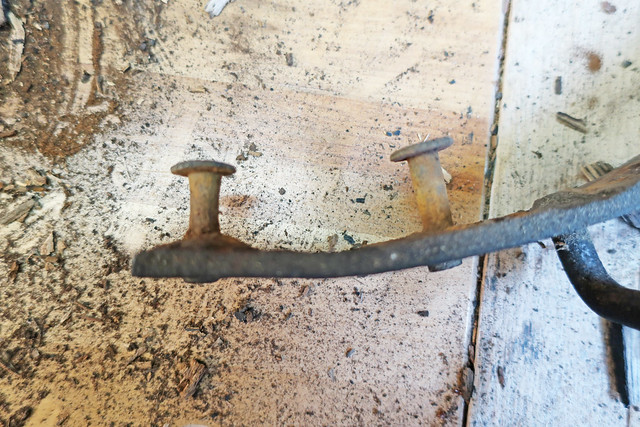 Basket disassembly by Scott, on Flickr
Basket disassembly by Scott, on Flickr Basket disassembly by Scott, on Flickr
Basket disassembly by Scott, on Flickr Basket disassembly by Scott, on Flickr
Basket disassembly by Scott, on Flickr Basket disassembly by Scott, on Flickr
Basket disassembly by Scott, on Flickr



















































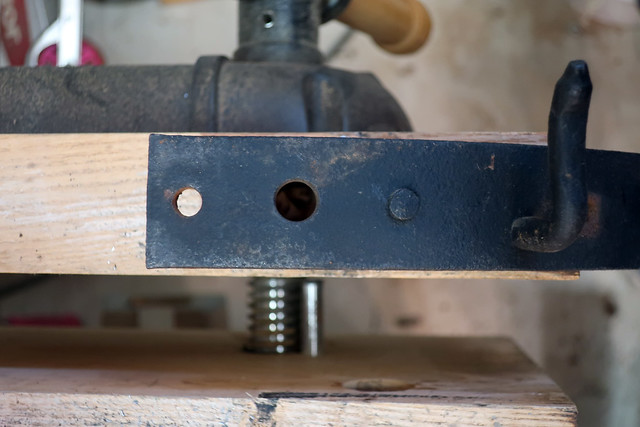 IMG_2882
IMG_2882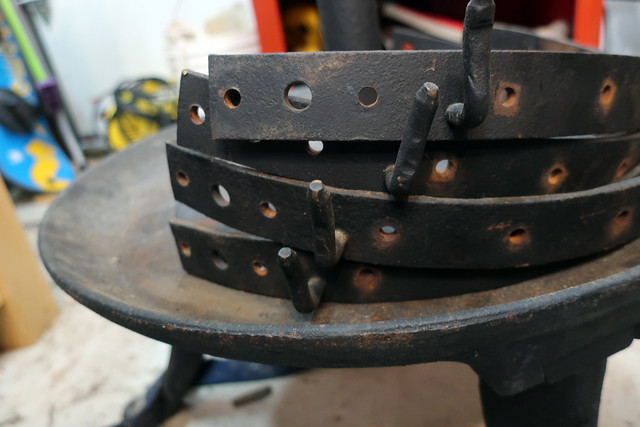 IMG_2899
IMG_2899